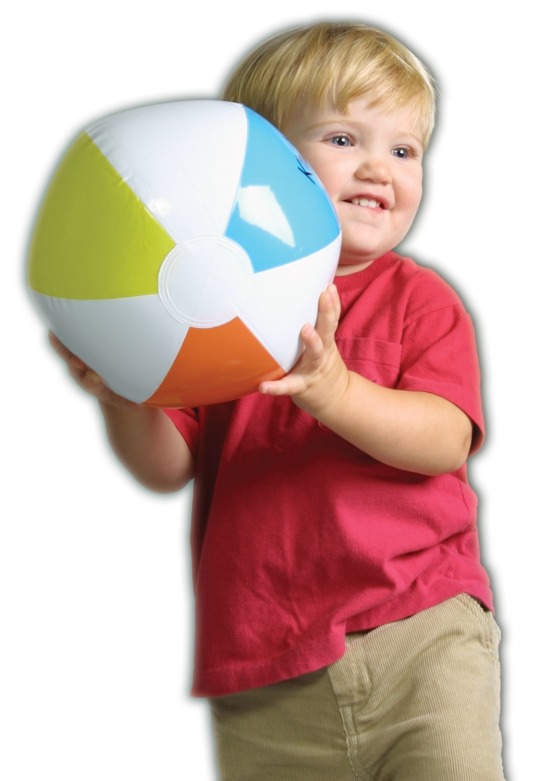Good oral health is very important for everyone, especially for little children. Taking care of their oral health is something that has to start even before they have teeth!
For this week’s post, I interviewed my (favorite) dentist. Ok yes, she’s also my sister! She has her private practice in Carolina, Puerto Rico. I asked her a few frequently-asked questions by parents about children’s oral hygiene. Let’s see what she had to say.
Interview with my dentist
- At what age should we take a baby for the first time to the dentist?
We recommend that a baby first visits the dentist by the time they turn one year. By this time most babies have a few frontal upper and lower teeth. Of course there are exceptions where the teeth start coming out around their first birthday. In any case, that should be the time when they visit the dentist for an evaluation, prophylaxis (cleaning) and to apply fluoride.
- Should we clean their gums or should we wait for when they have teeth? What do we use to clean their mouths?
You should clean their gums using a gauze pad and some water. That way you remove sugar residue from the milk and juice. We don’t want sugar to be accumulated in their mouths when their teeth start to grow.
- At what age should we expect that the first baby teeth start growing? What about their permanent teeth?

Deciduous teeth or baby teeth start growing around 6 to 10 months. Of course there are exceptions and some babies have teeth around 3-4 months old. Permanent teeth start growing around 6 years; molars are the first ones to grow.
- What could be an emergency that requires going to the dentist?
The most common dental emergency is when the child falls and they hurt their face and mouth. Usually, this affects their upper front teeth and upper lip. It is important to take the child to the dentist immediately to examine their lips, gums and teeth and to make sure if the tooth (or teeth) is still “alive”. In some cases the impact is so strong that the nerve “dies”. This requires special treatment.
- What advise do you give to the parents of children who don’t want to brush their teeth?
I would suggest that they find a way to make the children enjoy brushing their teeth and to create a routine. That way they grow up with a healthy mouth. It is sad to see so many young patients that have lost some teeth and this makes chewing more difficult. It is also negative for their self-esteem because many of them won’t even smile because they are embarrassed! Fortunately, we now have ways to make brushing the teeth more fun for young children. There are flavored toothpastes, toothbrushes with favorite movie characters or cartoons and of course the electrical toothbrushes that catch their attention. It is very important that parents and older siblings (if they have them) be an example for these children. They should brush their teeth twice a day, that way the young child will see that this is the normal routine that everyone does. Parents should teach the children, supervise them and praise them for a job well done. Creating a healthy hygiene routine is one of the best things you can teach your child, because this leads to having a healthier life in general and to smile with pride.
You read it here! It is very important to maintain a healthy mouth! Keep brushing those teeth!
Do you have any questions for Dr. Jeanette Cabrera? Ask here and she’ll answer them for you!
You can contact Dr. Jeanette Cabrera by email: drajcabrera@hotmail.com or “like” her Facebook fanpage for more tips on oral hygiene http://facebook.com/disenandosonrisasconladrajeanettecabrera
photo: iStock
 Musical: If your child is always walking around the house humming a tune, or always needs music to study by, then he/she is likely a musical learner. This type of learner is best at noticing details, pitches, and rhythms that escape the normal listener. They are excellent at keeping tune, and are adept at turning the abstract into concrete objects. These childern learn best through rhythm, melody, and music. When they need to learn something for school encourage them to write a song about the lesson (rap maybe?), or teach them a song. Encourage their natural love of music, and try to incorporate music into as many lessons as possible.
Musical: If your child is always walking around the house humming a tune, or always needs music to study by, then he/she is likely a musical learner. This type of learner is best at noticing details, pitches, and rhythms that escape the normal listener. They are excellent at keeping tune, and are adept at turning the abstract into concrete objects. These childern learn best through rhythm, melody, and music. When they need to learn something for school encourage them to write a song about the lesson (rap maybe?), or teach them a song. Encourage their natural love of music, and try to incorporate music into as many lessons as possible.




Your comments